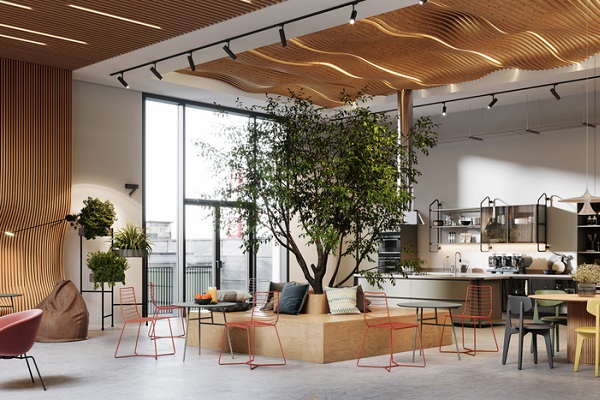Sustainable materials are playing a bigger role in shaping our cities

Thanks to a heightened understanding of the relationship between the built and natural environment, sustainable ‘green’ building is no longer an innovative concept but a responsibility for our construction sector.
Sustainable building considerations have predominantly focused on thoughtful building design that minimises unnecessary or excessive energy consumption. While these elements will always be important, the conversation is growing around the materials used in construction, and how they can help achieve ‘green’ building certifications.
Materials such as USG Boral’s Wet Area Plasterboard is an example of how sustainable materials are shaping our built environment. According to USG Boral category manager Tim Harrington, USG Boral plasterboard products are some of the most sustainable building materials due to the high degree of recyclable content including the gypsum core and recycled paper liner.
“USG Boral Wet Area Plasterboard features a paper lining that is certified by the Forest Stewardship Council (FSC) as being 100 per cent manufactured from either recycled materials, FSC controlled wood or a mix of both, making the paper lining one of the highest FSC ranked and certified products.
“USG Boral’s plasterboard products also contain gypsum which is a naturally-occurring mineral widely used in agriculture as a source of calcium and sulphur for plant nutrition.”
According to the Green Building Council of Australia (GBCA), ‘our built environment is currently the world’s single largest contributor to greenhouse gas emissions, it consumes around a third of our water, and generates 40 per cent of our waste’.
Reducing the construction sector’s carbon footprint must therefore become a key priority, and to do so requires a deeper look into how a building is made, and what goes into the materials we use.
“Wet Area Plasterboard off cuts can be utilised in other areas of a project rather than becoming site waste,” said Mr Harrington.
“In many regions throughout Australia, USG Boral provides a recycling service for its standard plasterboard products that will process reclaimed production material and send a portion to various agriculture businesses, where recycled plasterboard can be repurposed and the gypsum used as a soil additive to help improve soil quality.”
Much like energy efficient design consideration, sustainable materials can also contribute to ‘green’ building certifications. USG Boral’s FireStop and WetStop plasterboard, for example, are GECA (Good Environmental Choice Australia) certified and can help earn Green Star points that contribute to higher GBCA Green Building certification rankings. Buildings with higher ‘green’ certification rankings have been recognised to have the potential to reduce energy and resource usage, improve occupant health and productivity and reduce energy costs for owners, managers and occupants.
Ultimately, the first step towards building a cleaner and brighter future may no longer be to focus exclusively on how much a building saves on energy by utilising natural light, but by the recyclable potential of the building materials beneath the surface.
